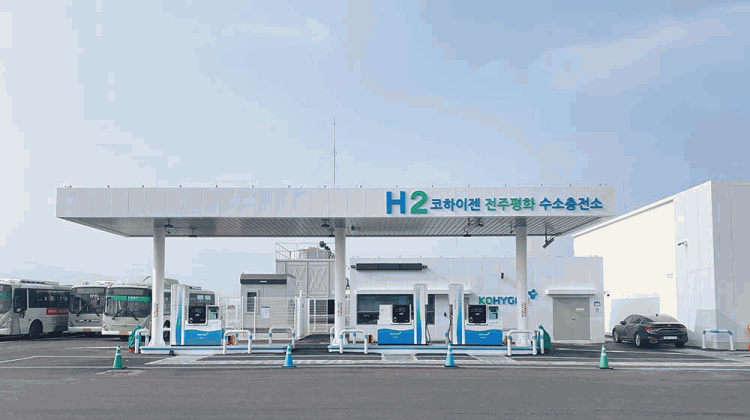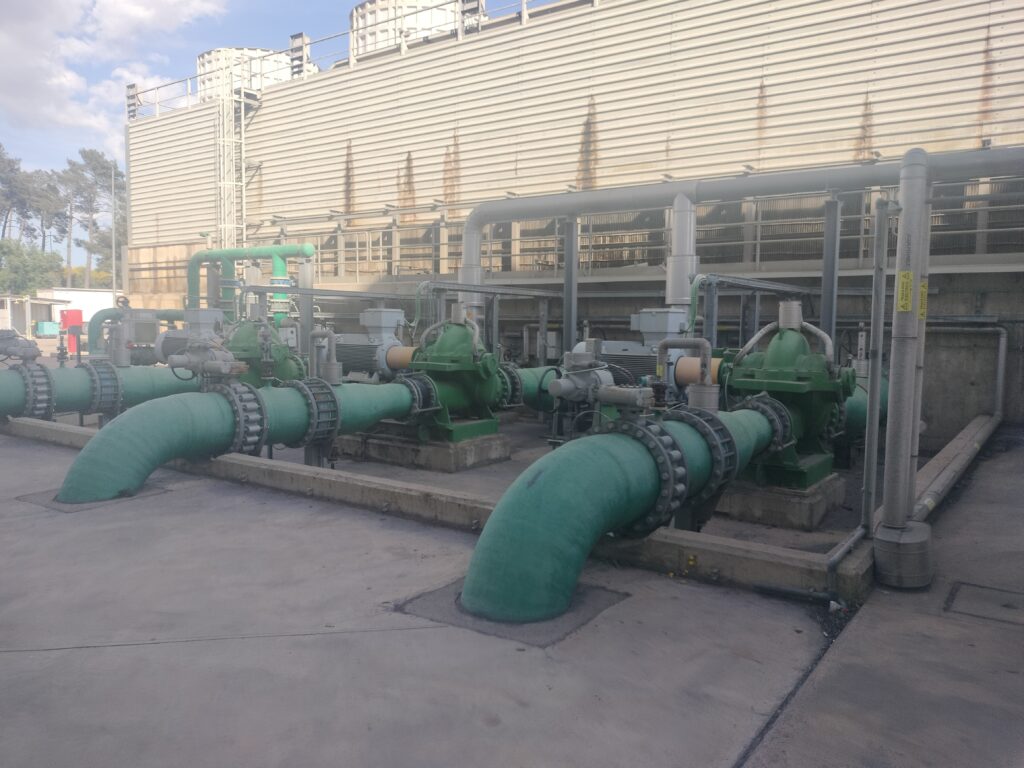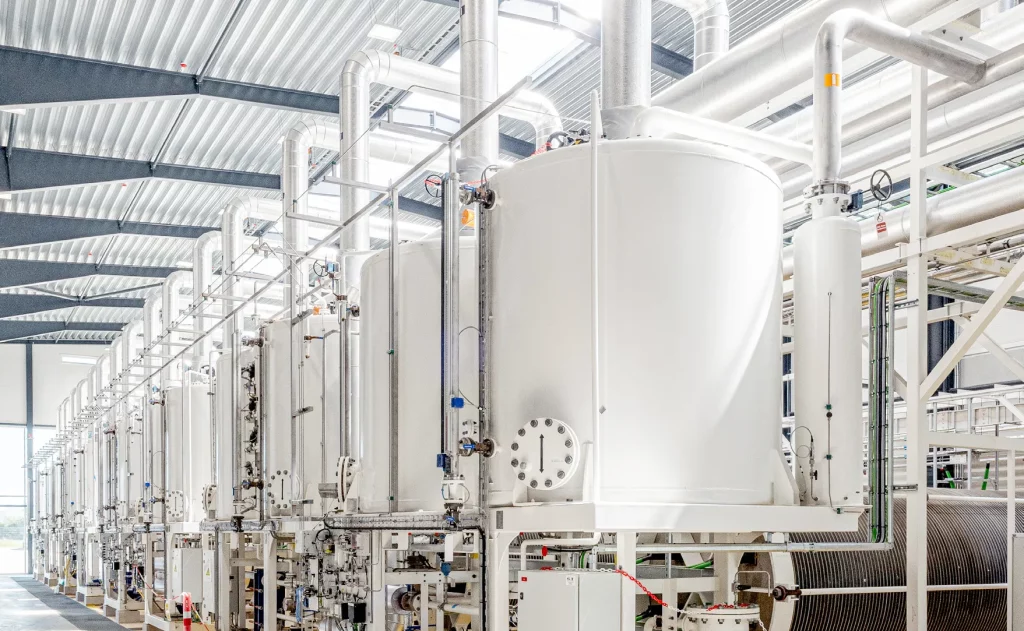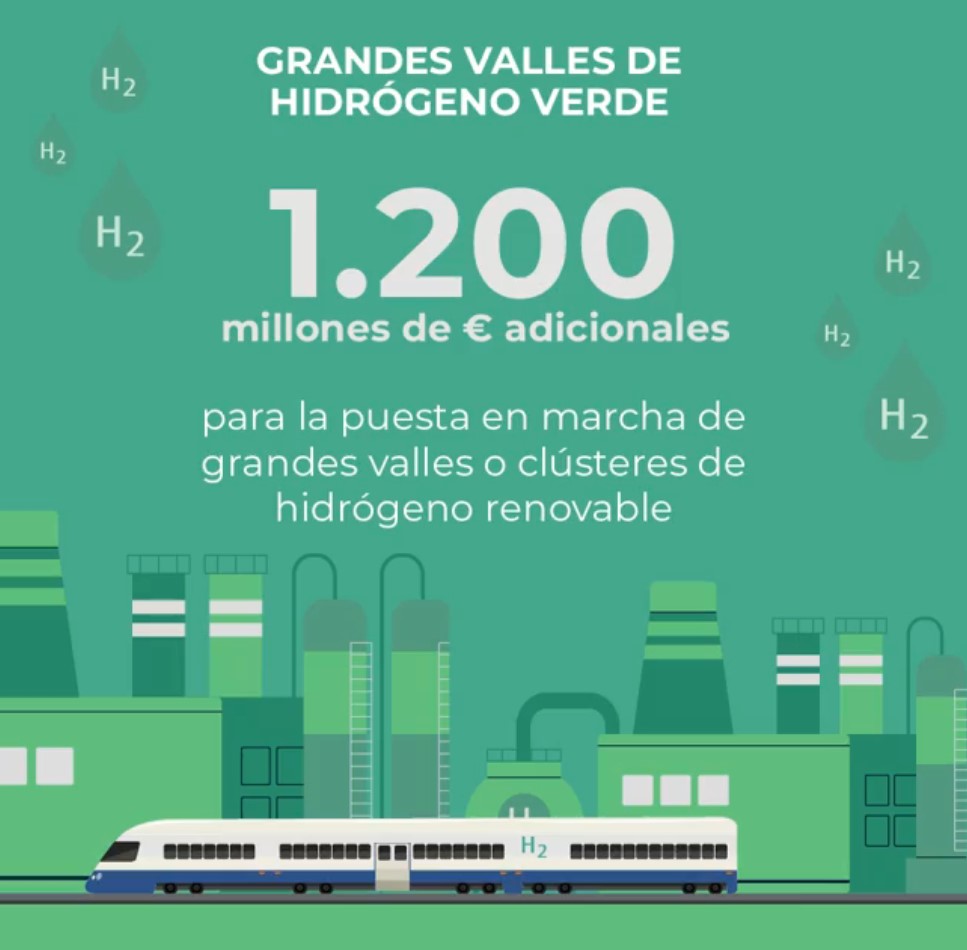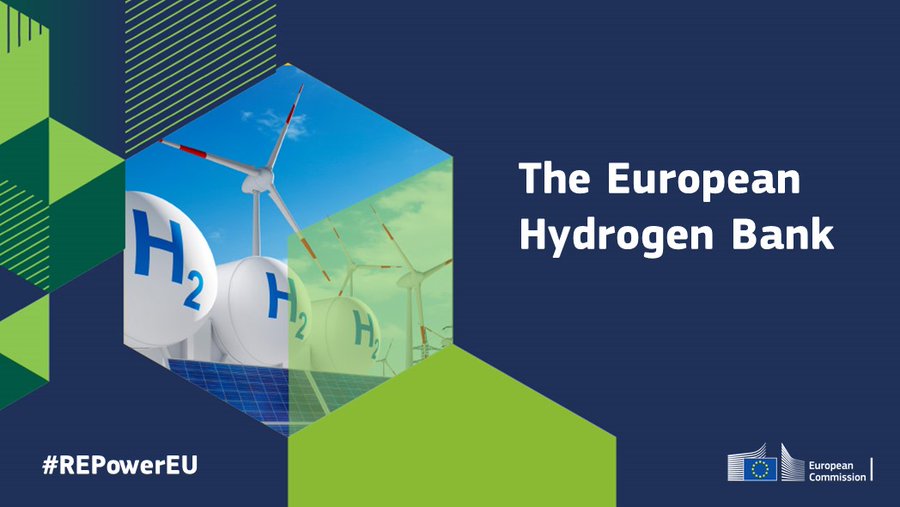Synthetic SAF Production
The world of aviation is changing and with it, so are our ways of flying cleaner and more sustainably. With emissions on the rise and environmental regulations getting stricter, sustainable aviation fuel (SAF) is emerging as the great promise for a greener sky.



